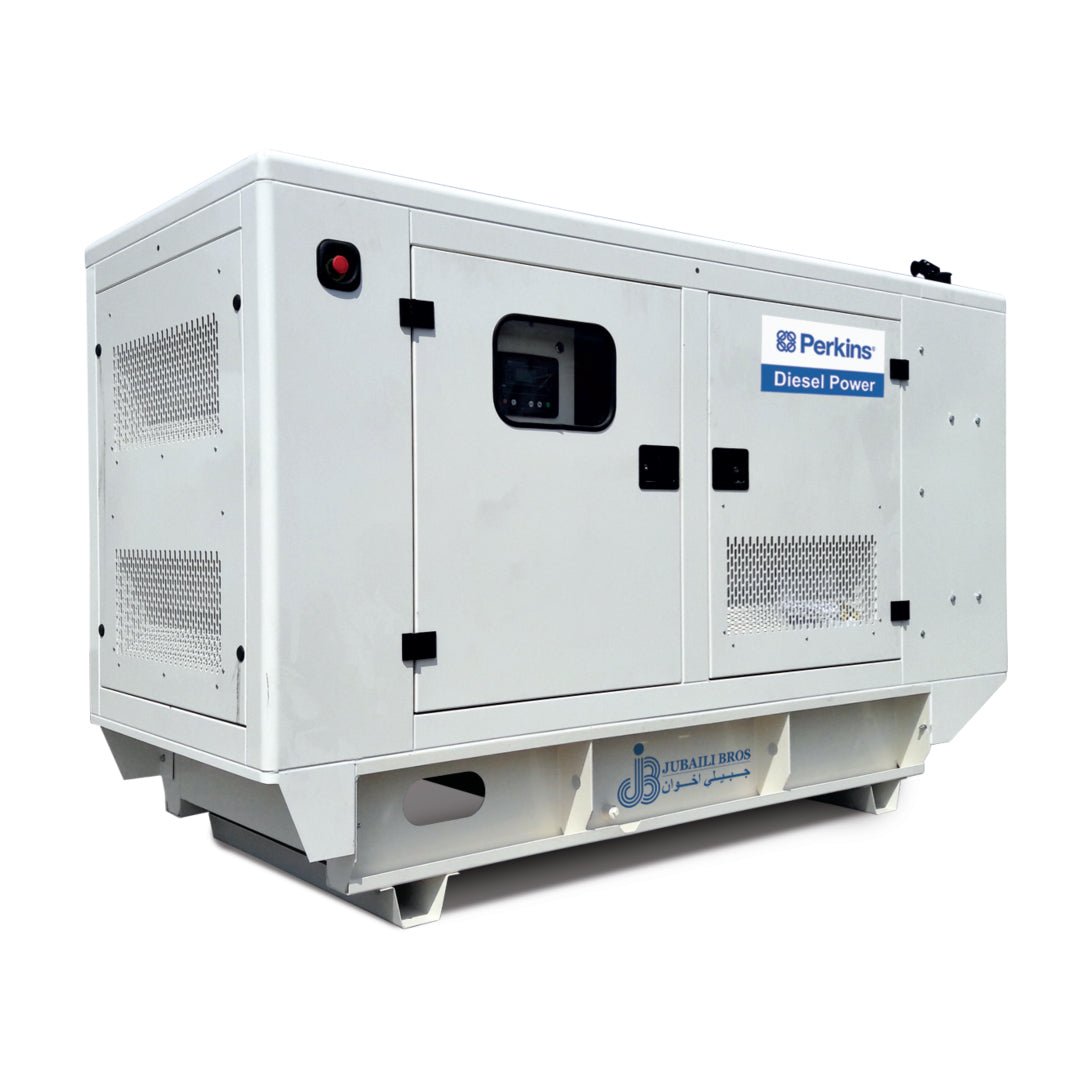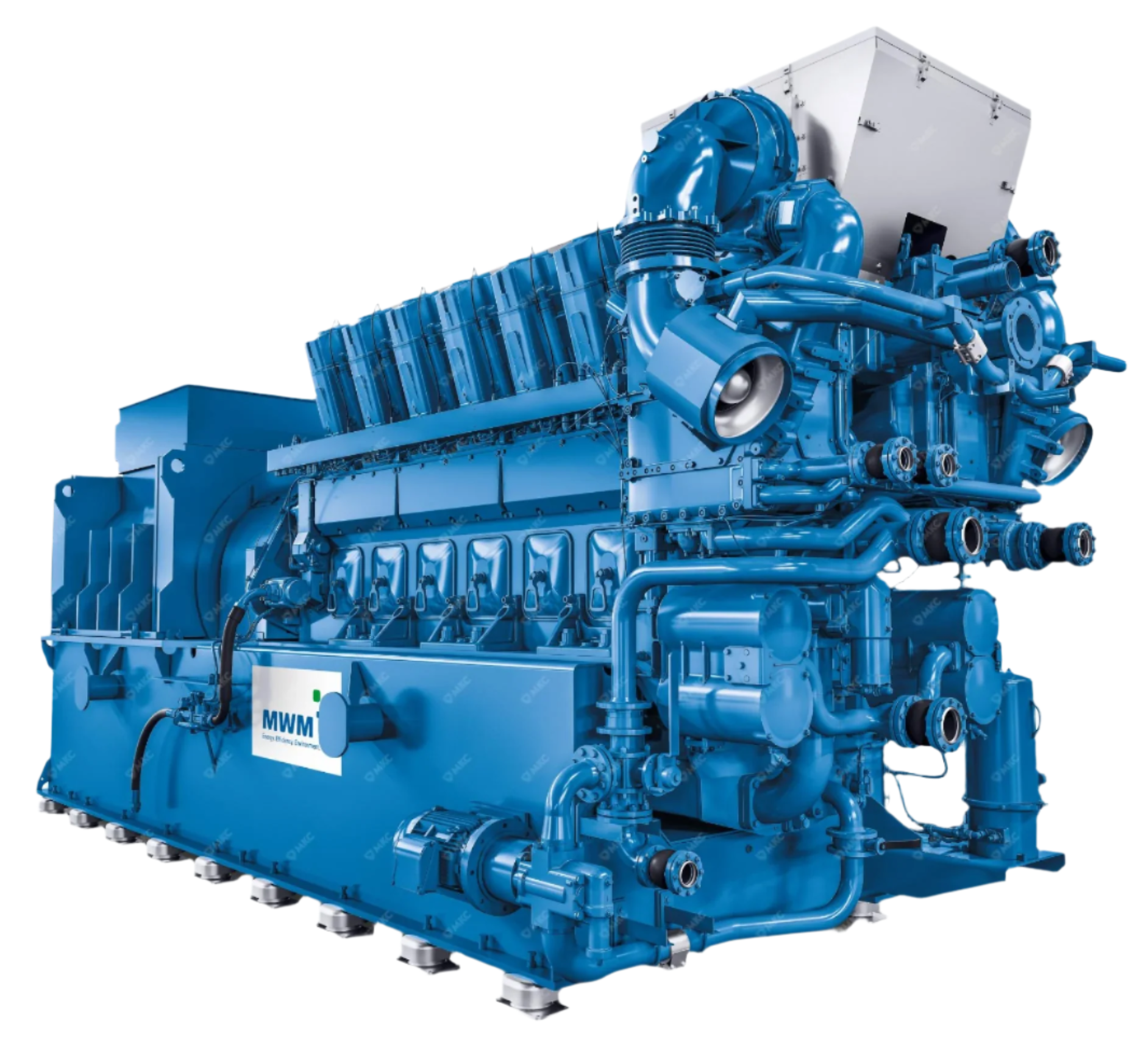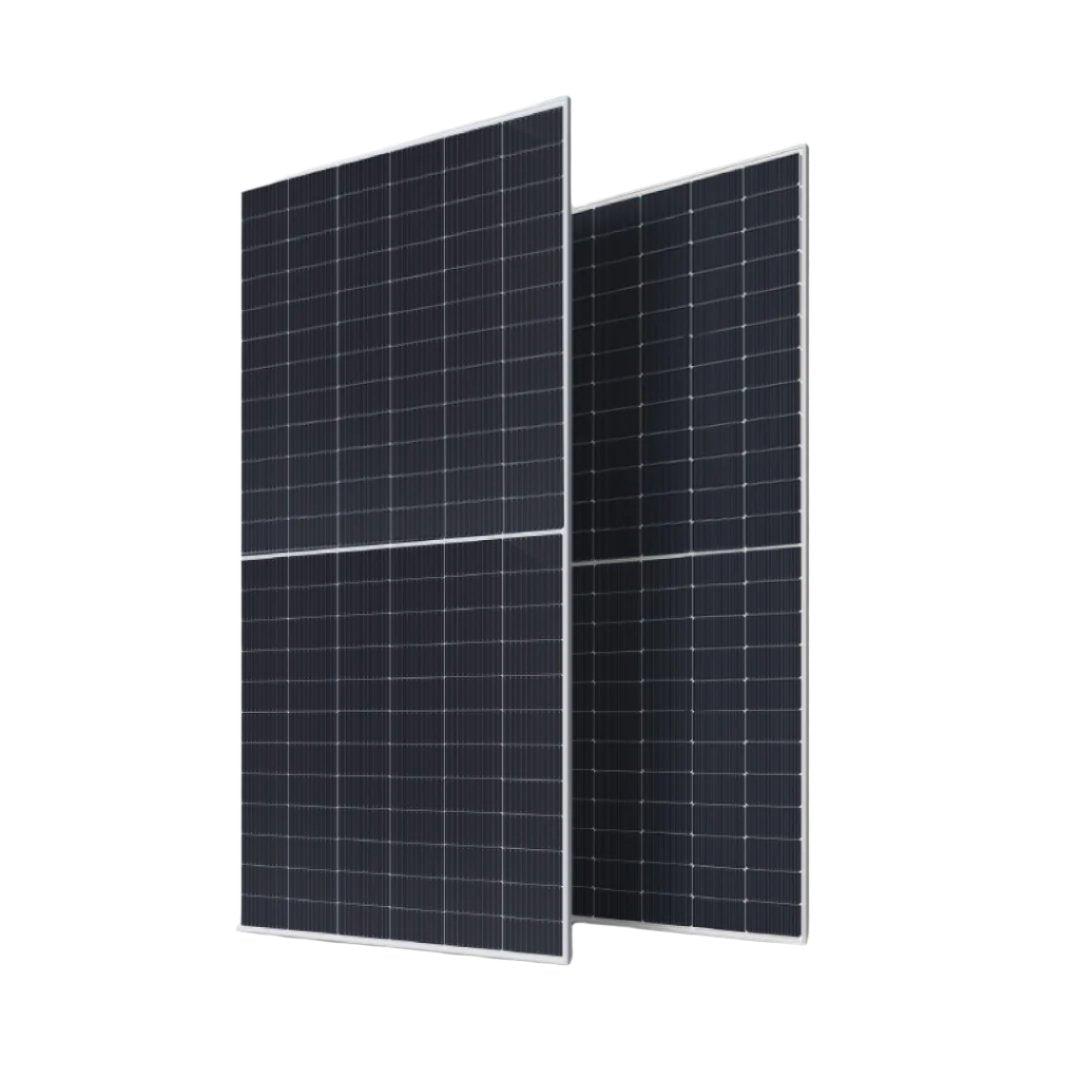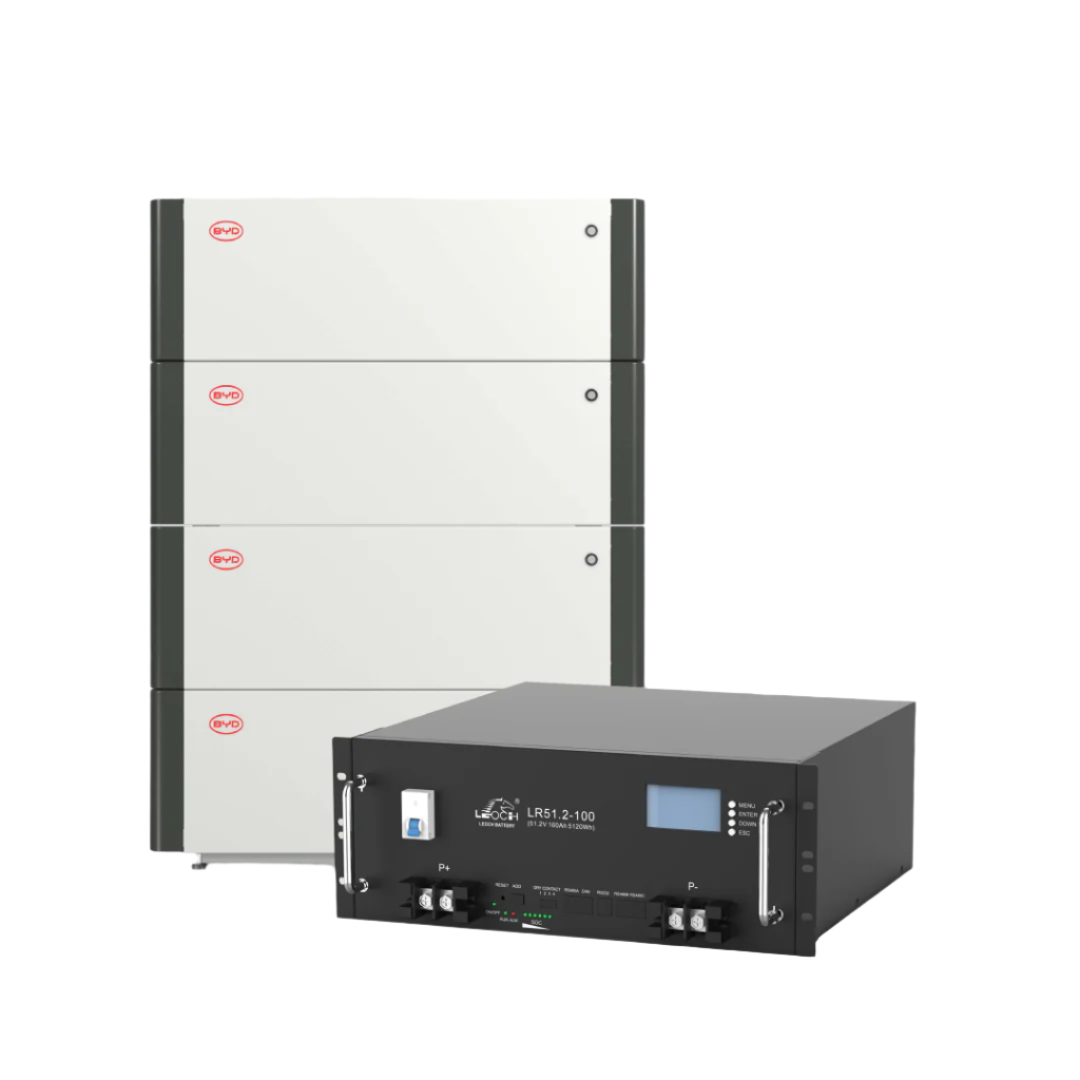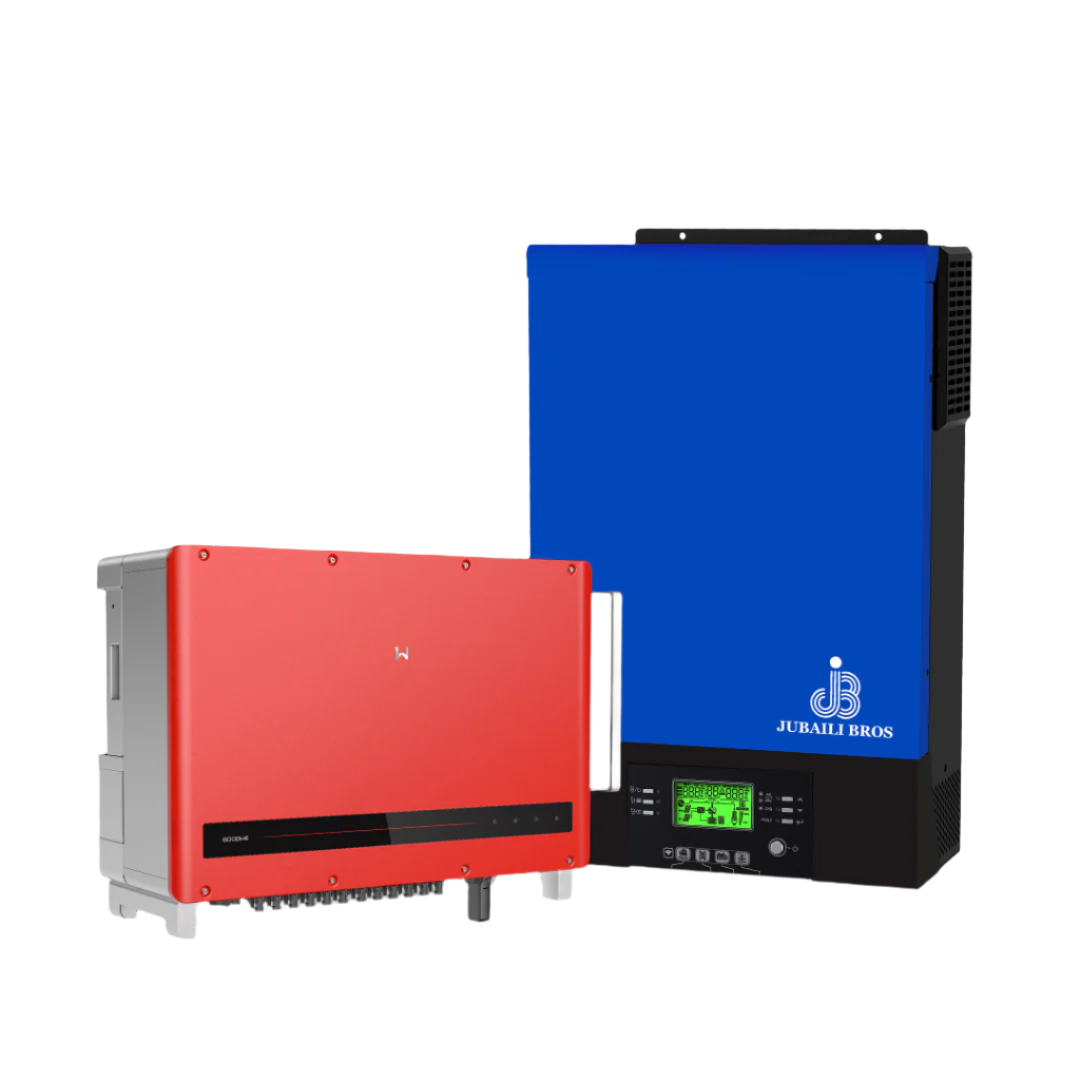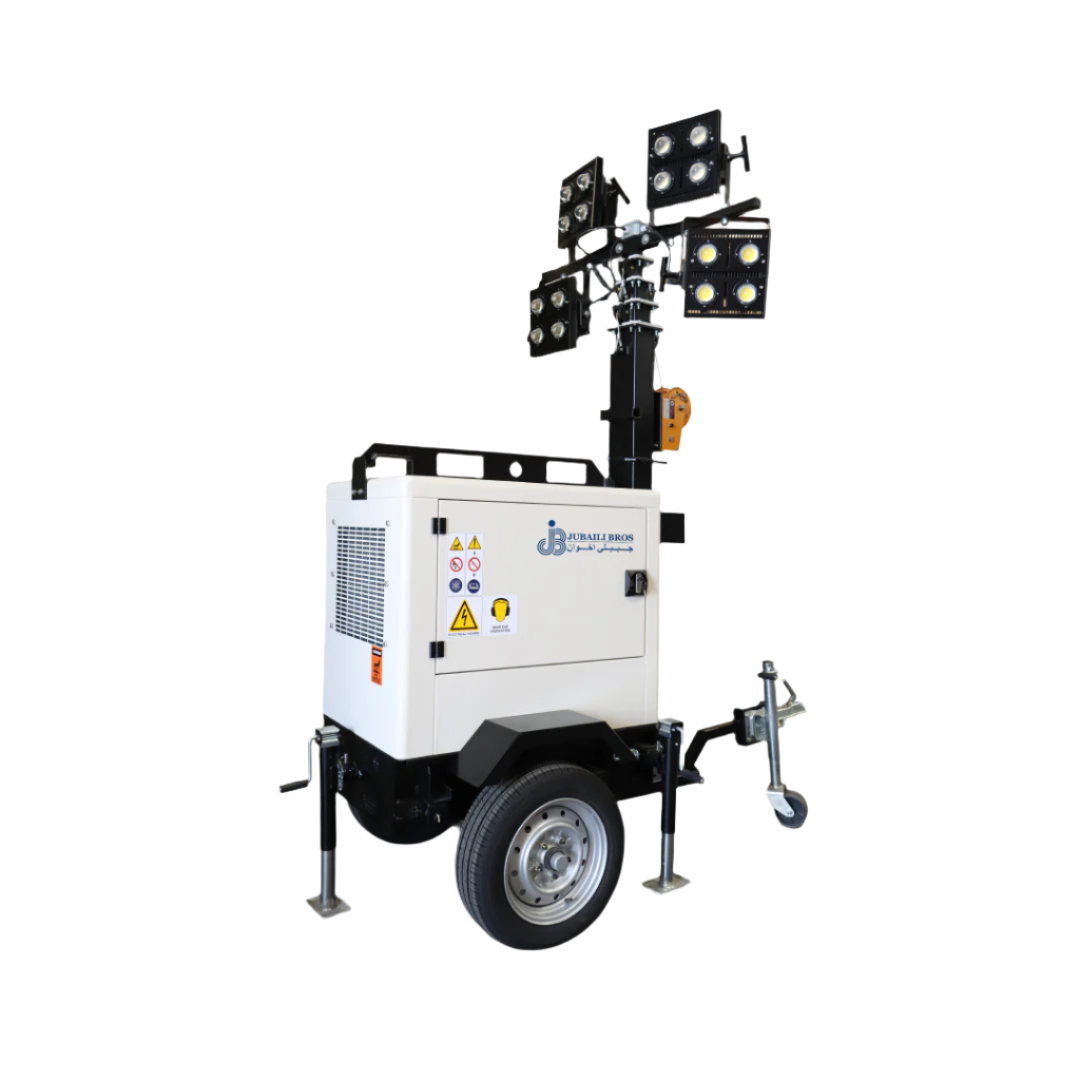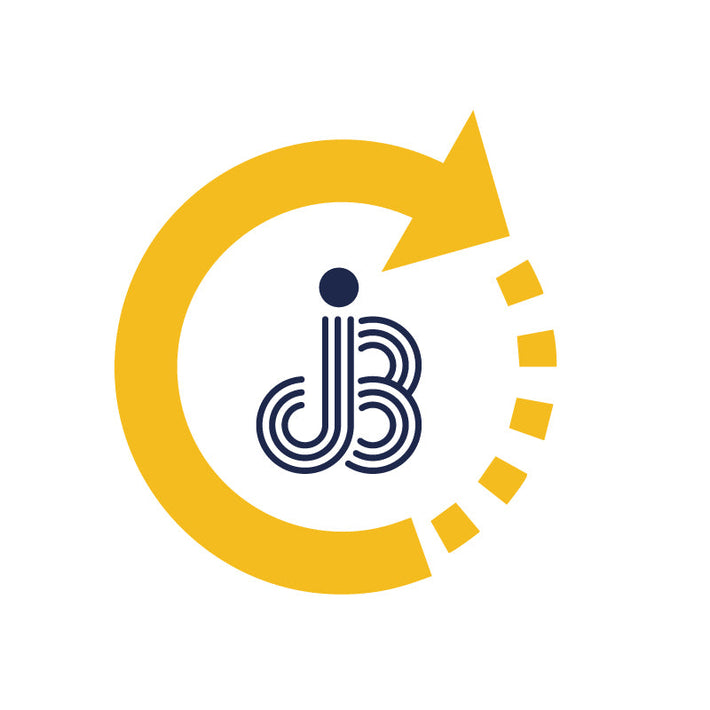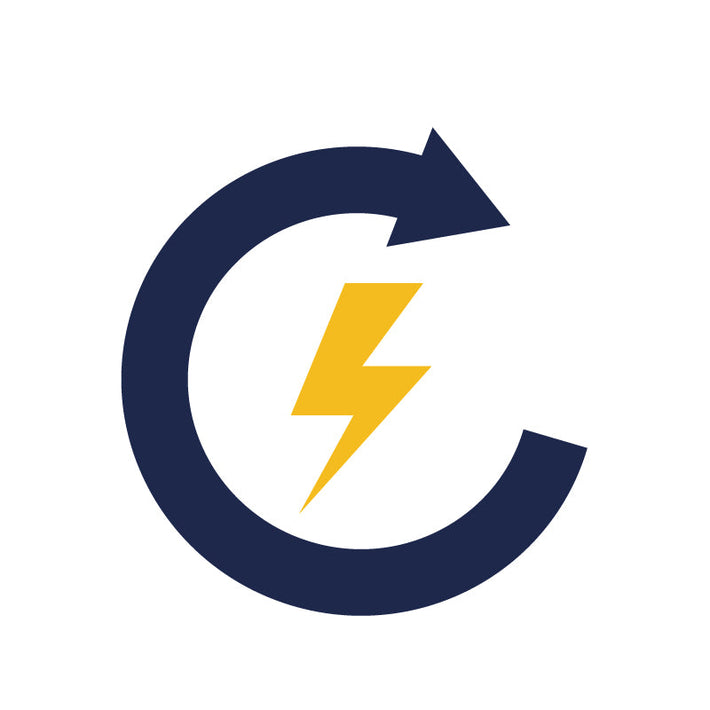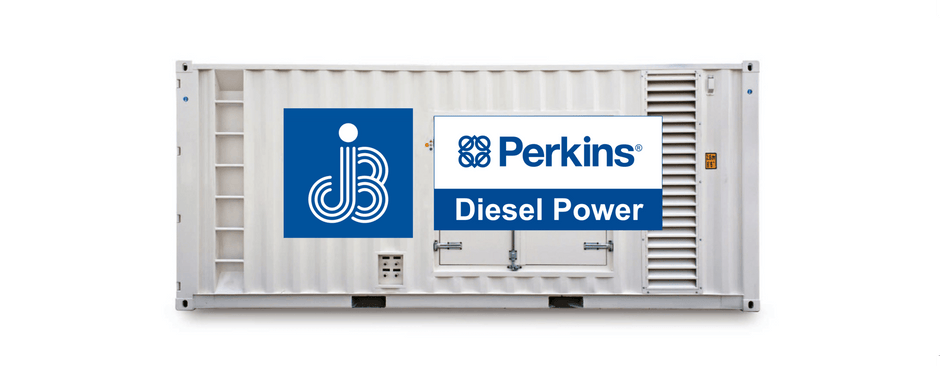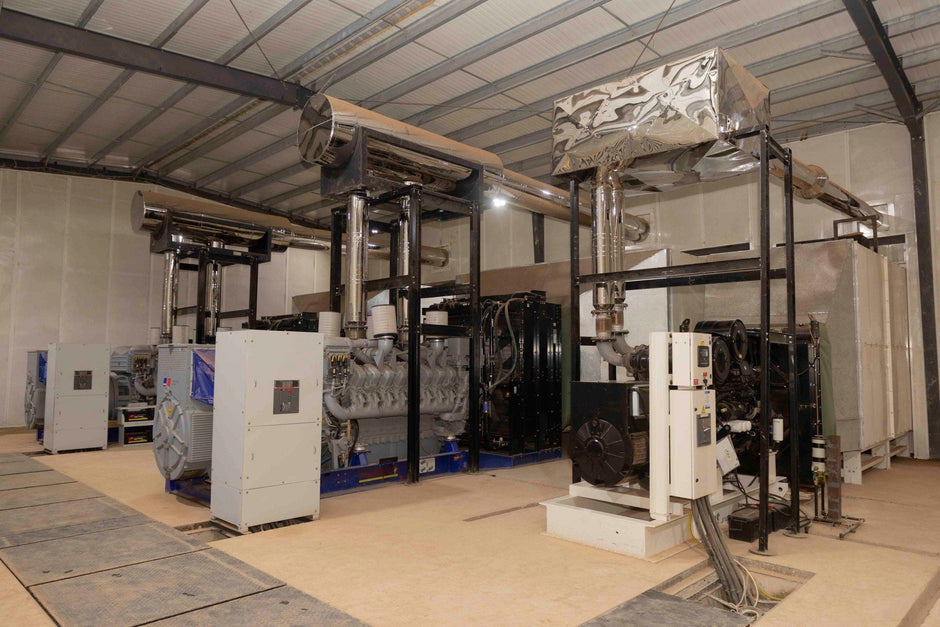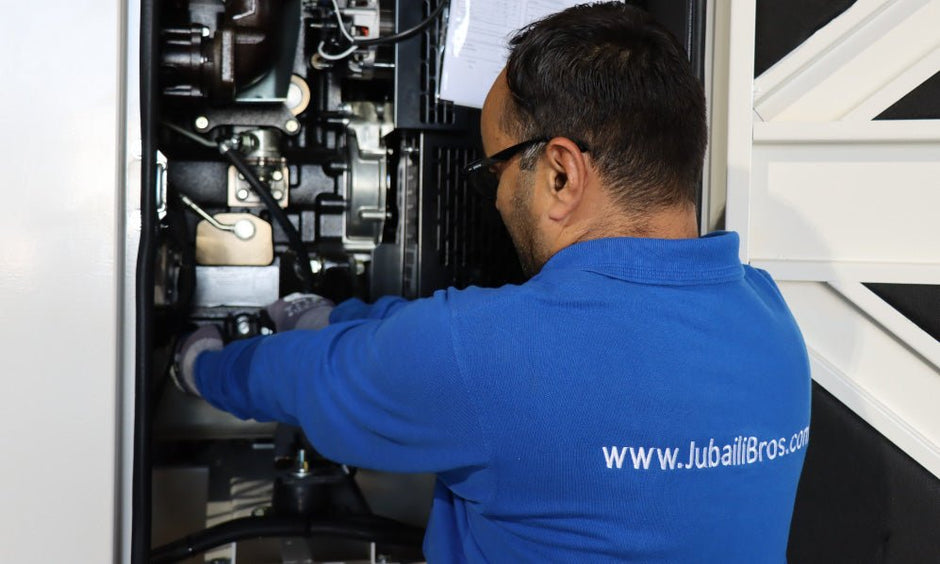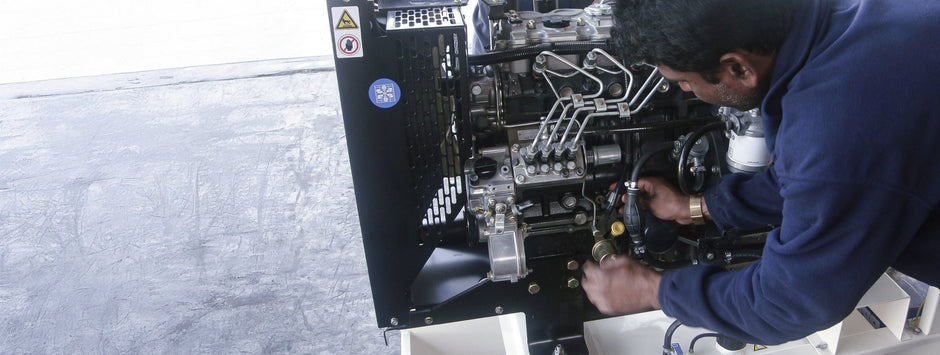Few situations are more stressful than a diesel generator that refuses to start during a power outage. Although modern controllers display fault codes, knowing where to look first can dramatically reduce downtime. This article presents a structured, field-tested approach for diagnosing no-start conditions using insights from Jubaili Bros service engineers. From batteries and fuel supply to air intake and sensor logic, each section outlines symptoms, likely causes, corrective actions, and preventive tips.
Initial Assessment
- Check the controller display. Note any active alarms such as Low Battery Voltage or Emergency Stop Active.
- Observe starting behavior. Does the starter click? Does the engine crank slowly? Or is there no activity at all?
- Record ambient conditions. Cold temperatures below 10 °C may increase oil viscosity, slowing cranking speed.
Battery and Starting Circuit
- Symptom: Single click, no crank, or dim controller display.
-
Likely causes:
- Battery voltage below 22 V on a 24 V system (discharged or sulfated battery).
- Corroded or loose battery terminals (voltage drop > 0.1 V under load).
- Starter solenoid failure (open circuit during continuity test).
- Charger fuse blown or charger inactive.
- Corrective actions: Tighten lugs to 45 N·m, clean corrosion using a bicarbonate solution, jump-start with a good battery, or replace charger fuse.
- Preventive tip: Conduct battery conductance testing quarterly. Replace if capacity falls below 80%.
Fuel Supply Issues
- Symptom: Engine cranks normally but fails to start; white smoke may be visible.
-
Likely causes:
- Empty day-tank or closed manual shut-off valve.
- Air locked in fuel lines (especially after filter changes).
- Blocked pre-filter or separator full of water or sludge.
- Transfer pump fuse blown, disabling fuel delivery.
- Corrective actions: Confirm fuel levels via sight gauge, reset fusible valves, bleed air from injector lines, and replace clogged filters.
- Preventive tip: Drain water separators monthly. Use fuel polishing for long-term storage tanks.
Air Intake and Combustion
- Symptom: Cranks with intermittent firing or black smoke bursts.
-
Likely causes:
- Severely clogged air filter (inlet restriction gauge in red zone).
- Closed air damper or louver in acoustic enclosure.
- Faulty intake heater in cold environments.
- Corrective actions: Replace air filter, open intake dampers, and test glow plugs or intake heaters.
Sensor and Safety Interlocks
- Symptom: Controller indicates Emergency Stop Active or Low Oil Pressure Input.
- Likely causes: Engaged E-stop switch, faulty coolant low-level float, or failed oil pressure sensor stuck at 0 kPa.
- Corrective actions: Reset E-stop, inspect or bypass stuck level switches temporarily, and replace faulty senders.
- Preventive tip: Conduct annual continuity checks on all safety input wiring.
ECU and Control Logic
- Symptom: No crank despite Start Signal Active shown on controller.
- Likely causes: Blown ECU fuse, CANbus communication failure, or corrupt firmware.
- Corrective actions: Replace 10 A ECU fuse, reflash firmware with OEM laptop, inspect CANbus termination resistors.
Environmental Conditions
- Use 5W-40 oil in cold climates and consider engine block heaters to reduce viscosity drag.
- At altitudes above 2 000 m, consider upgraded starter motors to compensate for torque loss.
- In humid environments, corrosion may develop on starter terminals—regular use or load testing helps keep contacts clean.
Quick Diagnostic Flowchart
No crank? → Check battery voltage > 22 V → If OK, test starter relay → If OK, inspect ECU fuse → Continue down logic tree.
Cranks but no fire? → Confirm fuel presence → Bleed air from lines → Inspect fuel filter → Test injector signal with noid light.
(Request a printable version of the full diagnostic flowchart from Jubaili Bros service support.)
Essential Field Toolkit
- Multimeter and clamp ammeter (to check 900–1 200 A inrush current).
- Vacuum hand pump for fuel bleeding.
- 12/24 V test lamp for solenoid diagnostics.
- Diagnostic laptop with engine ECU interface software.
Conclusion
The majority of no-start events are caused by battery issues, fuel supply interruptions, or safety interlock faults. With a structured approach and a few key tools, these issues can be diagnosed and corrected on-site. Jubaili Bros field teams apply this process daily to restore power quickly and prevent repeat failures through proactive maintenance.
Need immediate troubleshooting support? Contact Jubaili Bros—our regional service technicians are equipped with diagnostics kits, replacement batteries, filters, and ECUs for rapid response.







